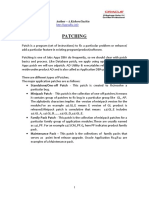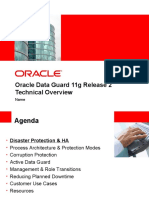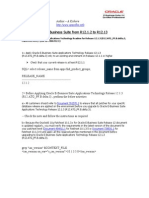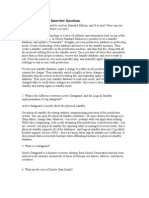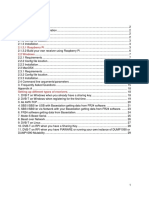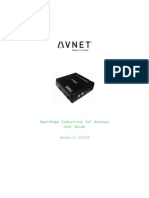0% found this document useful (0 votes)
218 views15 pages2.1 Practice 12 Apply Patch Set Using DBMS - ROLLING
This document provides instructions for applying a patch set using the DBMS_ROLLING package to perform a rolling upgrade on a Data Guard configuration. It outlines downloading the necessary files, preparing the environment, planning the upgrade, and using DBMS_ROLLING procedures to perform the rolling upgrade. Key steps include initializing an upgrade plan, setting parameter values, building the plan, and monitoring the plan and database statuses throughout the process. Troubleshooting tips are also provided.
Uploaded by
Mandoiu StefanCopyright
© © All Rights Reserved
We take content rights seriously. If you suspect this is your content, claim it here.
Available Formats
Download as PDF, TXT or read online on Scribd
0% found this document useful (0 votes)
218 views15 pages2.1 Practice 12 Apply Patch Set Using DBMS - ROLLING
This document provides instructions for applying a patch set using the DBMS_ROLLING package to perform a rolling upgrade on a Data Guard configuration. It outlines downloading the necessary files, preparing the environment, planning the upgrade, and using DBMS_ROLLING procedures to perform the rolling upgrade. Key steps include initializing an upgrade plan, setting parameter values, building the plan, and monitoring the plan and database statuses throughout the process. Troubleshooting tips are also provided.
Uploaded by
Mandoiu StefanCopyright
© © All Rights Reserved
We take content rights seriously. If you suspect this is your content, claim it here.
Available Formats
Download as PDF, TXT or read online on Scribd
/ 15







